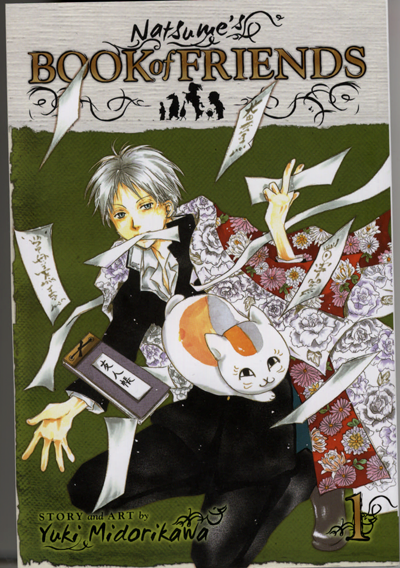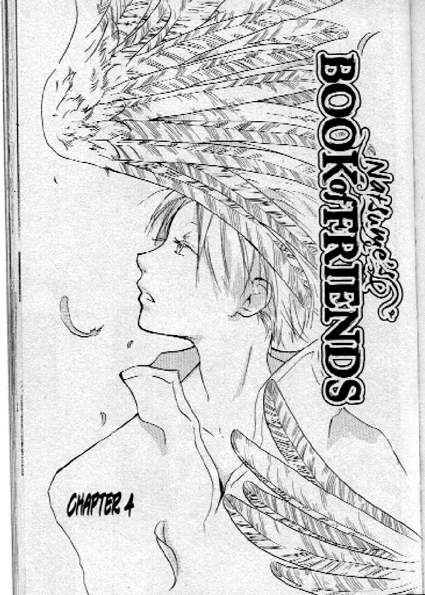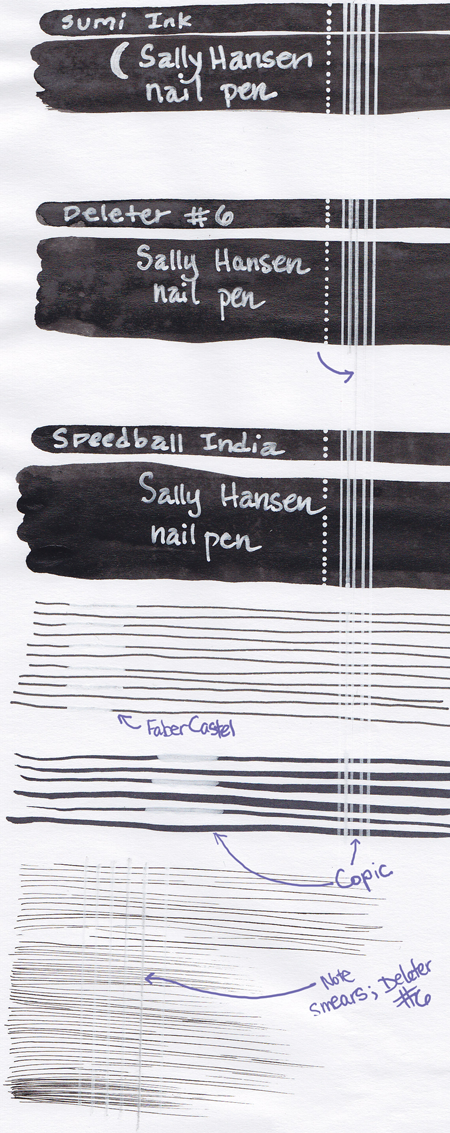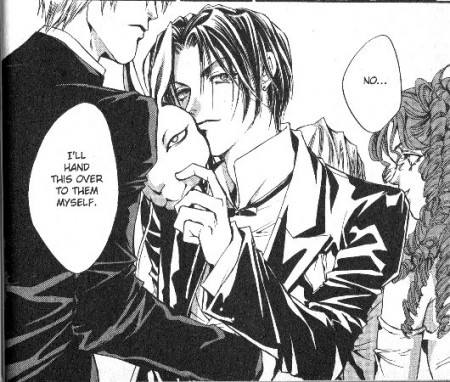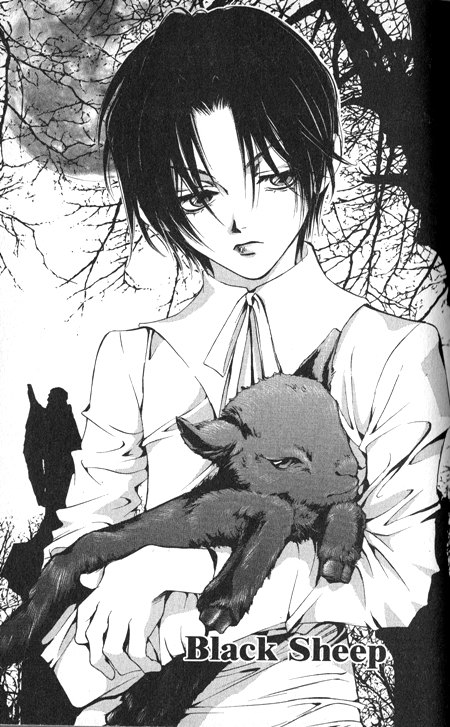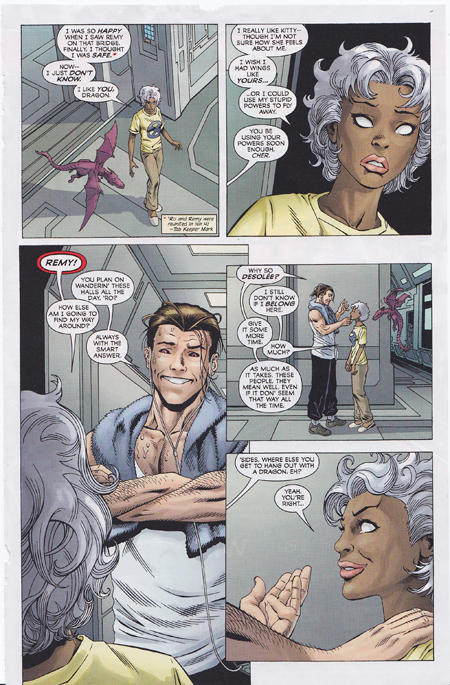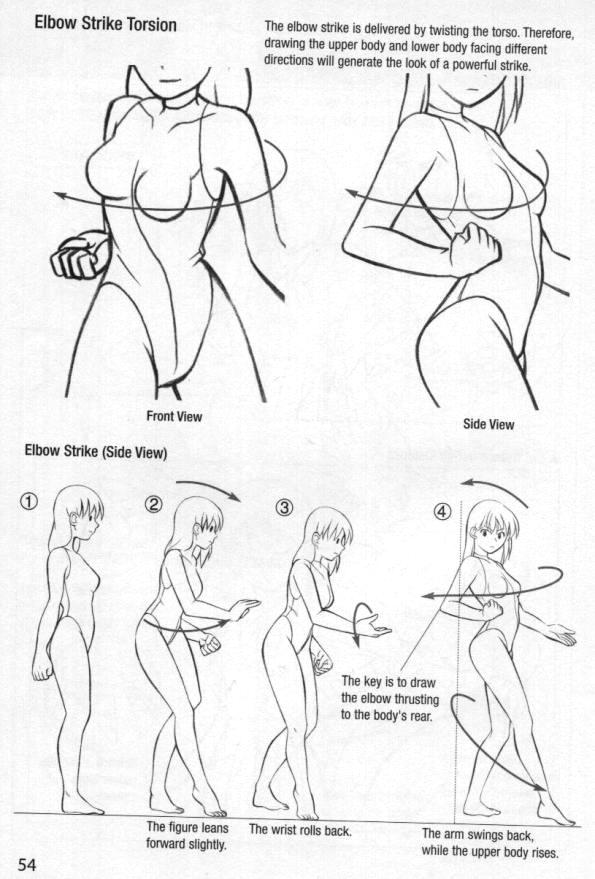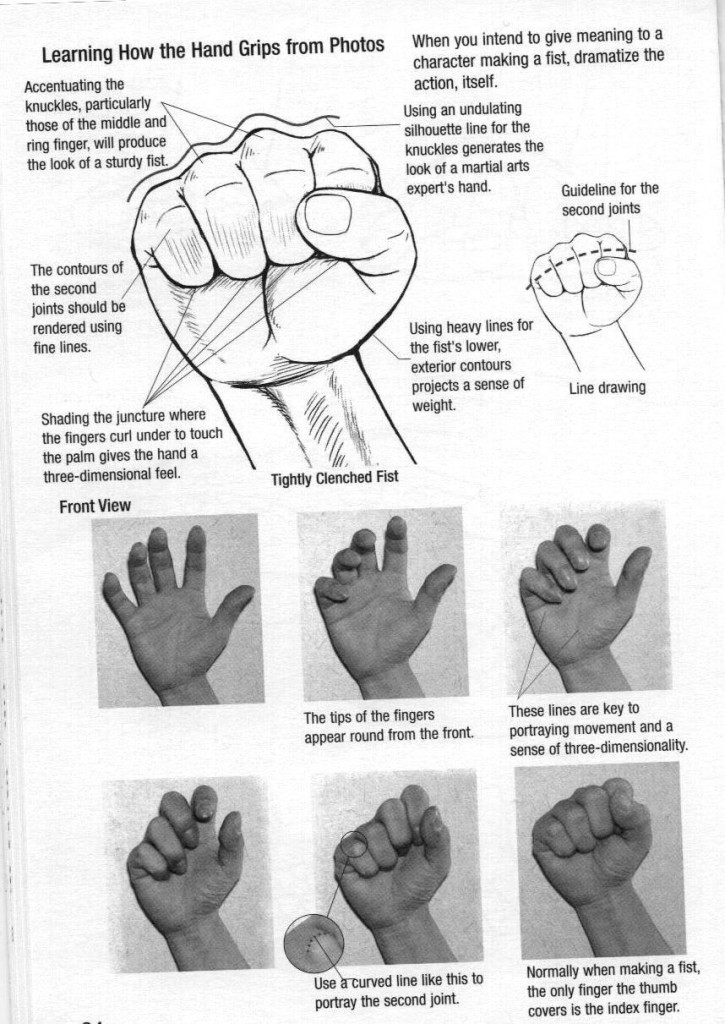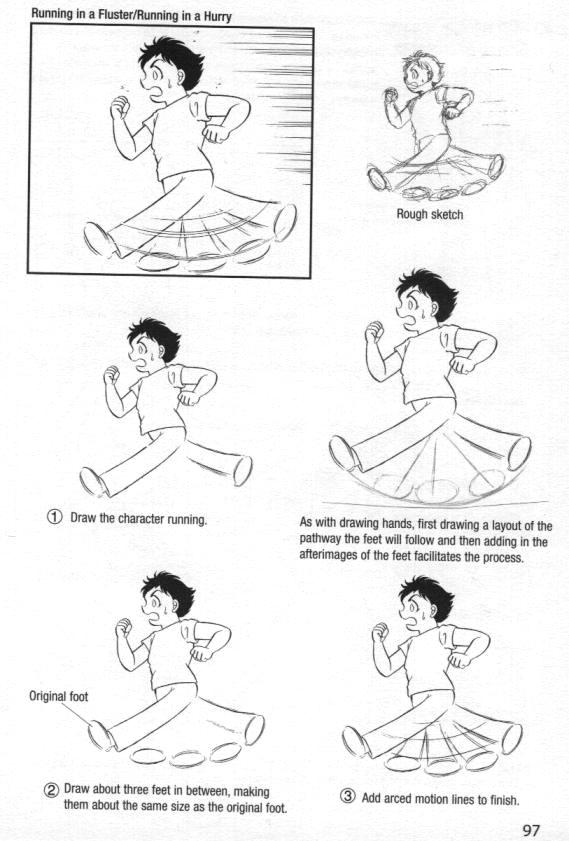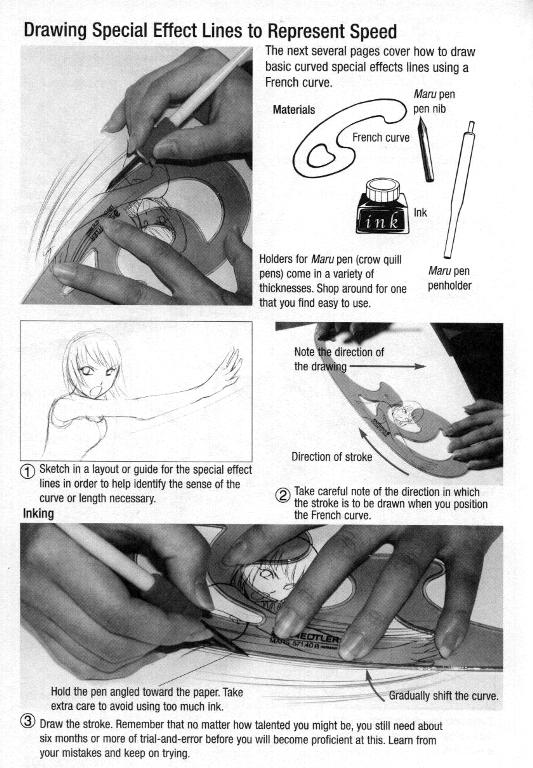CLAMP, xxxHolic, Volumes 1-3

Introduction:
Creators and artists: Since this is the first post for this roundtable, I thought I’d give a quick bit of background on the manga and its creators. Manga creation works rather differently from American comics; the manga stories and characters aren’t owned by the corporations, but by the artists, and thus the creation of manga from start to finish is done by the mangaka themselves, not divided between draftsmen and inkers and colorists. (Of course there is some editorial input, but in general, the division of labor is not editorially mandated.) In this case, CLAMP is a manga studio that has four artists who share the work among themselves.
CLAMP began as a large collective with eleven members, drawing fan comics, and then shortened to its current roster of four artists. CLAMP does not have assistants (other manga studios usually do; for more info on how this works, I highly recommend How To Pen and Ink), but do all of the work themselves. The division of labor depends somewhat on the work in question, with main storylines done by one member and character designs by another and so on.
I’d also like to note (as someone who did not attend art school), that CLAMP took art classes in high school, but are otherwise self-taught.
Many people will be more familiar with their other works such as: Cardcaptor Sakura, Chobits, X/1999, Tsubasa Resevoir Chronicles, and RG Veda. Many of their works have been made into anime. A complete list is available here and more information about them is available here.
HU is a comics blog and so of course we’ll be focusing on the manga, but buying manga is expensive. For those who would like a taste of xxxHolic for free or for those who prefer their comics to move on the shiny screen, you can watch the full anime of xxxHolic on the Funimation site here.
Plot and Characters: xxxHolic is about Watanuki, an orphaned teenager who is haunted by spirits and his employer, the powerful witch Yuko. Yuko protects Watanuki from spirits, and in exchange Watanuki works as her assistant, cook, dogs body, and virtual slave. There are two other important characters: Himawari, a girl that Watanuki has a crush on, and Domeki, a teenager who is something of a rival and friend to Watanuki. Both Himawari and Domeki are drawn into the supernatural realm by the machinations of Yuko. Yuko grants wishes at her magic shop, and Watanuki, as her assistant, helps with the wishes and some of the fallout that wish fulfillment entails.
Which, you know, blah blah blah. What difference does it make and why should I read this or care about it, you may well be asking. I will tell you! There are three things that I especially love about this manga and are the reason that I suggested this for our roundtable. 1. The art. The style draws on Ukiyo-e prints and Art Nouveau and I can stare at it for hours. 2. The ink. Which is similar to the style, but different. I’m talking specifically about the beauty of the lines and the movement and how it creates emotion in the smallest ways. 3. Yuko. Who is AWESOME.
Art style:
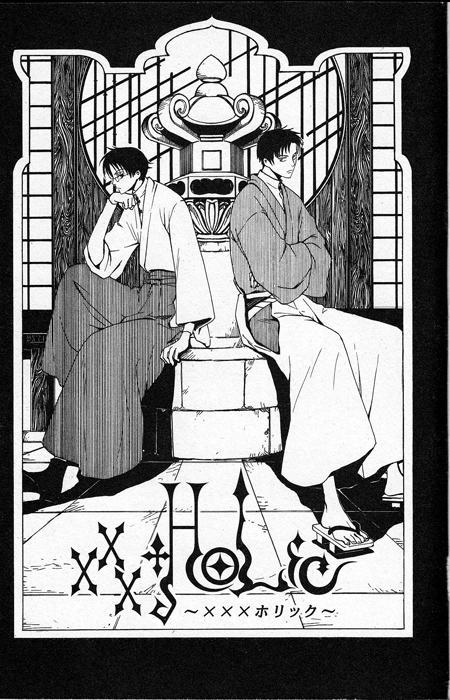
I’m not an expert on Ukiyo-e or Art Nouveau, but as an artist, I’ve always loved both styles and I look at the work often. The richness of the worlds they create fascinates me, but what I especially adore is the way that they both incorporate the beauty of the natural and everyday world. Here is a great shot of Yuko smoking:
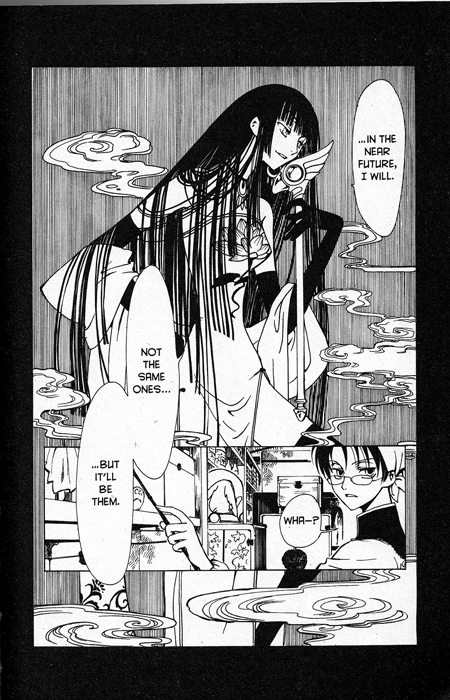
Another aspect of the art is the clothing–the designs are lush or stark, and the bodies are distorted into beautiful shapes much the way Aubrey Beardsley did. Here is an everyday, simple panel from xxxHolic where Watanuki and Yuko are at a fortune teller’s house:

Ink: The untranslated scans below are from a sneak-peak of volume 5. I wanted to show a piece that conveyed a lot of emotion. The mood is soft and slow, and the inks are clean and lovely. All of the mid-tones are created by ink techniques, and the gentleness of the ink adds to the sadness.
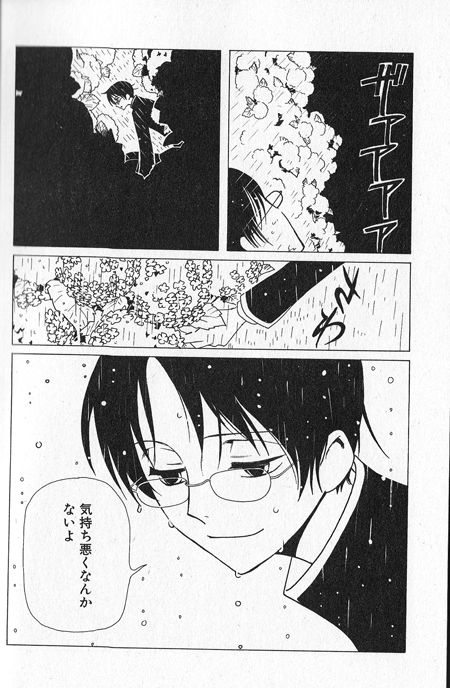
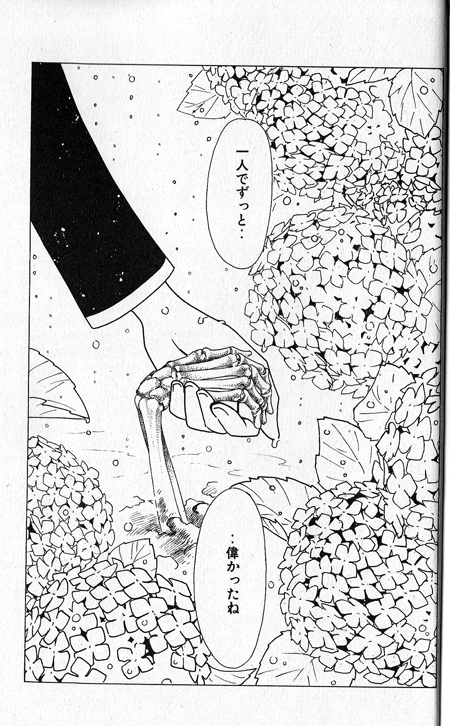 The soft lines of the flowers, the long smooth lines of the live hand against the dry and hard bones–it’s so simple and masterful in its simplicity.
The soft lines of the flowers, the long smooth lines of the live hand against the dry and hard bones–it’s so simple and masterful in its simplicity.
I’ve gone on and on, so I’d better move to the last point.
Yuko: I admit I’d kind of like to be Yuko when I grow up. She’s frivolous and silly at times, likes her pleasures (everything from yummy food to cooling breezes in summer to a good, stiff drink), has the best clothing ever, but she’s also very wise. She warns her customers about the dangers of powers and wishes, and cleans up problems to save the world, all while looking elegant and stylish. And she’s middle-aged and unattached and sexy and perfectly happy about all of it.
If you’ve ever seen a Disney movie, you’ve probably seen a stereotypical middle-aged woman of magical power as a scheming bitch out to destroy the up and coming young heroine. That’s rather sad. It’s pretty rare to find powerful, middle-aged women who enjoy the sinful pleasures of sex and booze and are unashamed about it who don’t turn out to be villains. (If she was a man, especially if this was a historical, she might be called a rake.) I love that Yuko is wise while couture and sipping a naughty drink.
She has a great deal to say about personal responsibility measured against fate, and about hitsuzen. But this post is already a great deal too long, so let me just say: Welcome to xxxHolic week!
And I’ll leave you with one of my favorite pictures of Yuko:
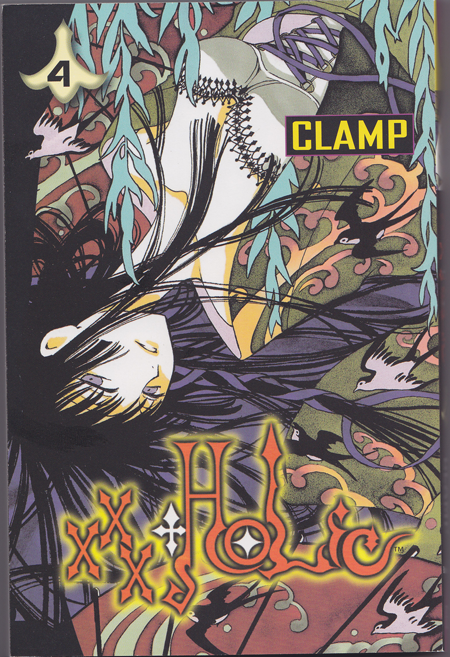
___________
Update by Noah: You can read all posts in the xxxholic roundtable here.

